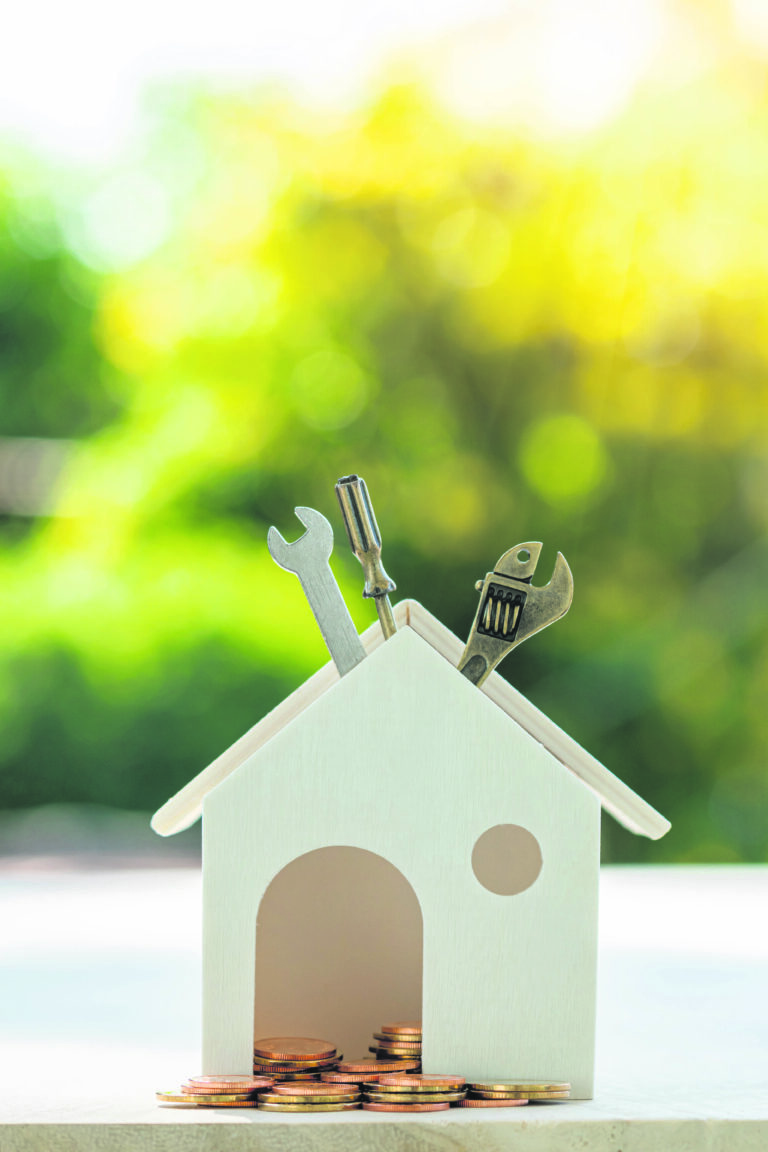In today’s turbulent times of inflation and rising interest rates, thoughts of saving and investing for the future are in many people’s minds. Apart from the usual savings accounts, mutual funds, and the stock market, the idea of investing in the homestead is an excellent option. This could be for personal enjoyment, renovation purposes or to rent out the property.
I recently met with Carole Mitchel, Head of Lending at Clarien Bank to get her expertise on the issues involved in a home improvement loan.
My first question was simply to find out exactly what a home improvement loan is. Carole said,
“The purpose of a home improvement loan is to utilize the funds borrowed to make improvements to the home which is already owned by the borrower. These improvements could be smaller in nature such as replacing flooring, remodelling bathrooms, and kitchens to larger scale projects including making additions to the home.”
She added “Any customer with a clear payment record, the ability to make the payments, and who has equity in the home is eligible. In simple terms, the Bank would require an up-to-date valuation of the property; then calculate the lendable value as banks do not lend 100% of the value; deduct the existing mortgage balance to determine how much “equity” there is left in the property to lend against.”
Carole kindly provided an example:
“If a property is valued at $500,000, the bank would lend up to 80% of the value being $400,000. If a customer has a mortgage balance of $300,000, that leaves equity of $100,000 ($400,000 – $300,000) available to be borrowed.”
I asked if there were any restrictions on how the funds could be used. In other words, is it at the Borrower’s discretion what the funds can be used for?
She replied, “In all cases, the funds are meant to be used for the purpose they are lent. In the case of home improvements, the funds will be released upon presentation of invoices which need to align to the plan that the bank approved.”
Your current mortgage will have time-limit terms (when your mortgage expires, assuming you have kept up-to-date payments of principal and interest). So, can you add on to that mortgage with a home improvement loan?
Carole said, “Typical repayment terms are monthly matching the term of the existing mortgage. In some cases, it may be possible to extend the term, keeping in mind that the bank will not lend 100%, there should be some equity remaining even after the borrowing. The bank will only lend against the available equity based on its loan-to-value ratios.”
She added, “The interest rates on these loans are on a variable rate basis comprised of the Bank’s Bermuda Dollar Base rate plus a spread which is determined based on the assessed risk of the transaction. There is also a loan negotiation fee of up to 1% of the borrowed amount.”
“There could be legal fees and stamp duty should the bank require updated mortgage documentation. The legal fees are determined by the Bar Council and the stamp duty is determined by the Bermuda Government and is based on the borrowed amount.”
The typical application process according to Ms. Mitchell is that “The customer completes an application form and provides up-to-date income (salary, rental income etc.). Quotes and invoices for the work to be completed are to be provided to support the borrowing amount requested. An updated property appraisal may be required depending on the age of the appraisal we already have on file or depending on how much equity is being used up to borrow.
She added that it is better to meet with the Bank ahead of getting renovation quotes etc. to ensure that you meet the necessary requirements, including personal financial review. This will indicate what level of borrowing you can expect to get.
A final observation is that if you’re planning to sell your home in the near future, you’ll want to make sure that the home improvement project will actually increase the value of your home. Otherwise, you may not recoup the cost of the loan.
Home improvement loans are an excellent way to increase the value of your property for the long term – but make sure that you are comfortable with your financial projections regarding the cost of the borrowing and your ability to repay the borrowing.

